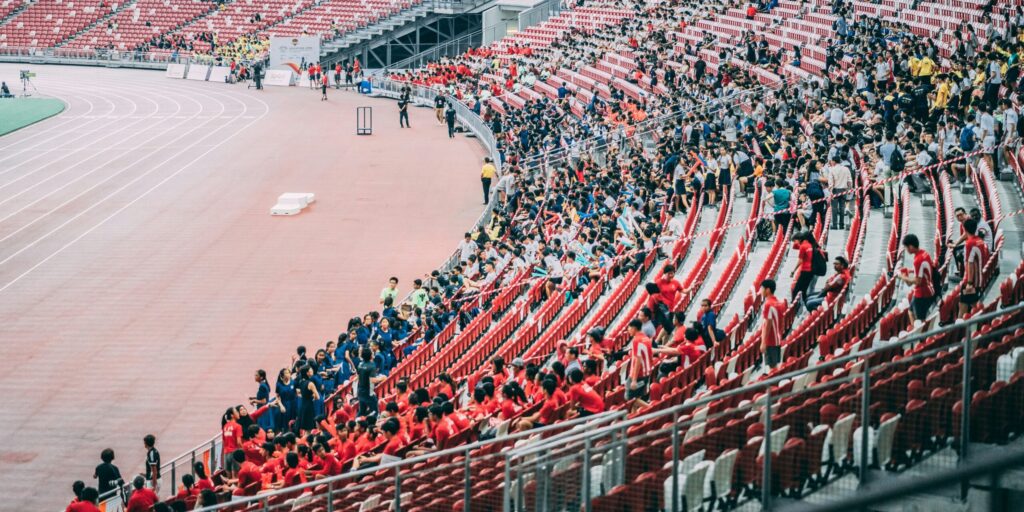SummerSlam 2025 truly felt like a stadium rock festival when WWE stretched its signature show across two electric nights at MetLife Stadium in New Jersey. The event welcomed a combined live audience of over 113,700—53,161 on August 2 and 60,561 on August 3—making it one of the highest-attended SummerSlams ever. From entry to final bell, the energy pulsed like a mega-concert, bridging wrestling fans, casual attendees, and cultural tourists in an experience reminiscent of legendary rock spectacles.
Fans from diverse international backgrounds added to the cross-cultural buzz. WWE’s expanded streaming reach—this being the first SummerSlam widely streamed via Netflix outside the U.S.—boosted global engagement and made fandom more inclusive than ever. The result was a fusion of wrestling passion and festival fervor that felt reminiscent of iconic music events.
Visual elements only amplified the rock-show ambiance. Massive LED towers, theatrical scaffolding, and stage construction of concert-level complexity transformed MetLife’s NFL layout into a multimedia entertainment arena. From the moment fans entered, the scale and vibrancy evoked images of packed music venues near the stage, complete with surround audio, lighting rigs, and layered performance spaces.
The crowd’s volume and engagement supported the spectacle. Audience reactions ranged from joyful chants to synchronized ovations, especially during major matches across both nights. Key moments included Naomi’s endurance in a triple-threat battle versus Rhea Ripley and Iyo Sky, which sparked an emotional high point when Ripley carried Sky on her back post-match—a heartfelt nod to comradery that resonated well beyond wrestling circles.
Cultural crossover elements popped up in unexpected ways. NBA star Tyrese Haliburton—who was booed fervently as a vocal antagonist all weekend—leaned into the crowd’s energy much like a concert provocateur playing the villain. His presence was even woven into in-ring storytelling: John Cena snatched one of his crutches to use in a match against Cody Rhodes, blurring lines between celebrity cameo and live entertainment spectacle.
While the event captured the thrill of a music festival vibe, not all moments were scripted. On Night 2, a real-life altercation among fans broke out, captured on camera, and swiftly made headlines. Security interventions were required before order was restored—another reminder that large-scale events carry unpredictable energy beyond the ring.
WWE leaned into this grand-scale framing with in-ring storytelling and backstage surprises. Night 1 built up drama with several title matches leading into heavy-hitting performances. On Night 2, Cody Rhodes reclaimed the Undisputed WWE Championship from John Cena in a street fight finish—a historic final SummerSlam match for Cena. The night climaxed with the unexpected return of Brock Lesnar, landing his signature F5 and fueling speculation about an upcoming retirement showdown.
By making SummerSlam a two-night festival of spectacle, WWE underscored larger trends in live entertainment. It matched wrestling’s narrative power with the emotional highs of a stadium rock show, offering fans not just matches, but a cultural pilgrimage of shared excitement. The event delivered strong international impact thanks to global streaming, high-energy crowd involvement, and the inclusion of celebrity crossover moments that felt equally at home in music and pop culture scenes.
SummerSlam 2025 elevated WWE’s live product to new heights, blending athletic drama, theatrical production, and festival-level immersion. For fans across cultures and continents, it proved wrestling can deliver the same adrenaline and communal energy long associated with the world’s biggest concerts.


